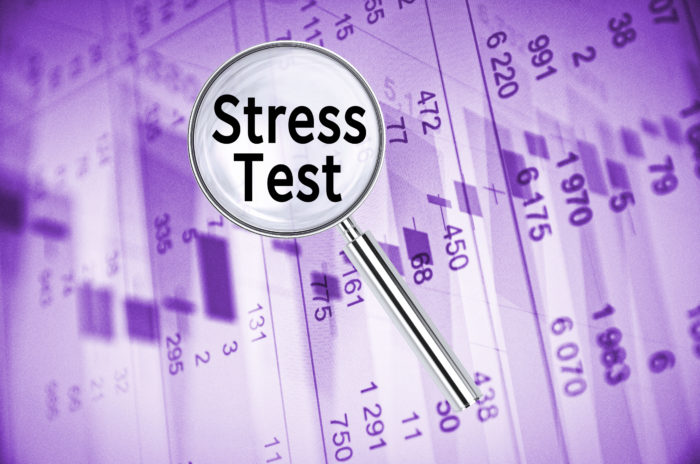If you’re hoping the mortgage stress test gets easier—so you can qualify for bank financing—you’ve got more waiting to do.
Canada’s banking regulator, OSFI, says it’s not ready to adjust the stress test just yet, despite proposing last February to ease it.
OSFI spokesperson Michael Toope tells us:
“On March 13, 2020, OSFI suspended all of its consultations and policy development on new or revised guidance in response to challenges posed by COVID-19. This was done to alleviate some of the pressure on federally regulated banks, insurers and private pension plans so that they can focus their efforts on the most critical operational areas during the COVID-19 pandemic. This suspension included our consultation on the B-20 benchmark rate for uninsured mortgages.”
“The Minister of Finance also announced the suspension of the April 6, 2020 coming into force of the new benchmark rate used to determine the minimum qualifying rate for insured mortgages,” Toope added.
It appears OSFI and the Department of Finance are concerned about exacerbating housing risk with an easier stress test, which would in turn heighten risk for financial institutions. That’s been a key factor in deferring industry consultation on the policy.
“OSFI launched the B-20 benchmark rate consultations prior to the pandemic, and since then the environment has changed. Currently, the housing market in Canada continues to evolve given the unprecedented conditions brought on by the COVID-19 pandemic. We want to be sure that consultations on the new proposed B-20 benchmark rate for uninsured mortgages are undertaken with a better understanding of Canada’s new context.”
In short, borrowers whose debt ratios are too high, due to the stress test’s over-inflated benchmark rate, will have to wait.
Unfortunately, while they wait home prices could keep climbing in 2021 (not a prediction, but a real possibility).
“We will continue to monitor the evolving environment closely, and will carefully consider the next steps on this important consultation,” says Toope. “At the appropriate time, we will resume consultation on the benchmark rate with considerations of the new operating environment.”
So, the good news is that it sounds like regulators are still going to fix the benchmark rate, which is very, very broken (more on that).
But regulators’ new proposal may differ from when they previously suggested “replacing the current benchmark rate with the weekly median five-year fixed insured mortgage rate from mortgage insurance applications, plus a two percent buffer.”
Had that new policy taken effect April 6, 2020, as scheduled, that would have made the stress test approximately 3.99% today, 80 bps below the current 4.79% minimum stress test rate. That would let your typical borrower afford about an 8% higher purchase price. That’s something regulators may not be excited about with the average home price up 17.5% in 12 months.

 log in
log in

3 Comments
Where can I tell OSFI to decrease the stress test rate? The current rate is too high so not only first time home buyer can’t buy the home they want, but also investors can’t buy property to rent out. Building more new homes and increase real estate transactions are best way for economic to boom.
Let people qualify on a 10 year fixed rate for God sakes. That creates NO risk whatsoever. No one is going to be unable to pay their mortgage if they qualify at 2.50% and have a secure rate for a decade. I see no justification for not allowing this other than the government trying to control home prices and tell people how they should spend their money.
Email OSFI feedback at: [email protected]